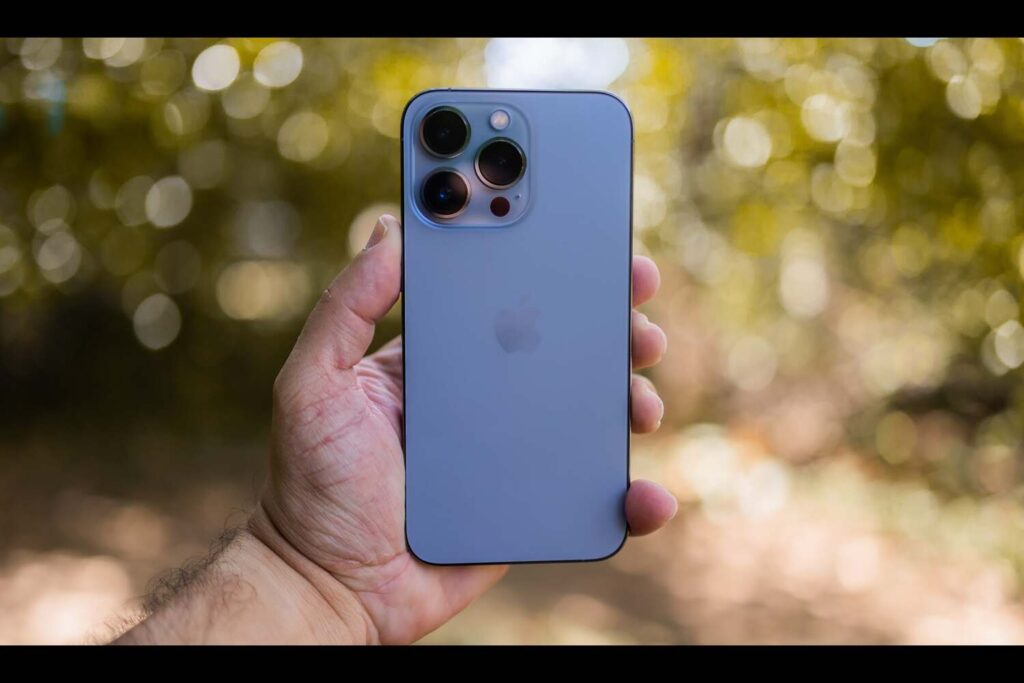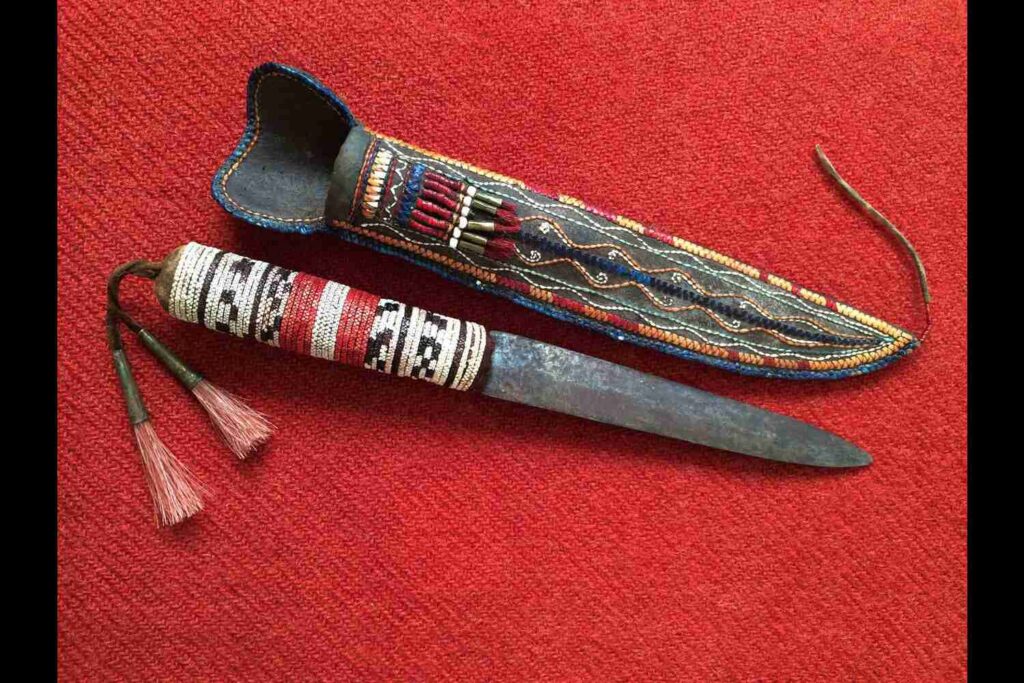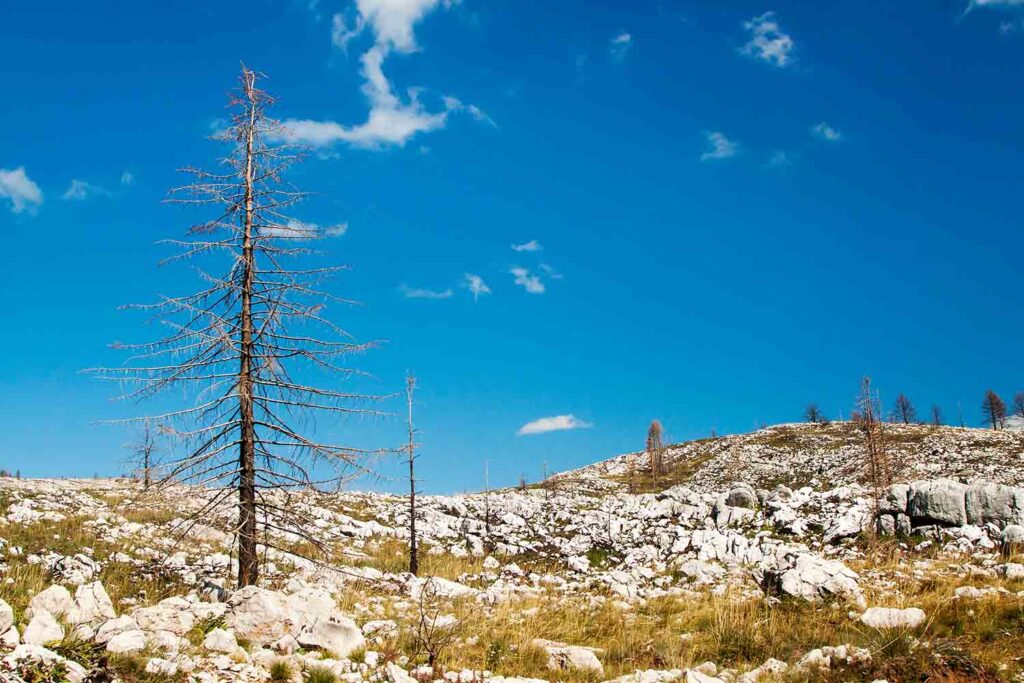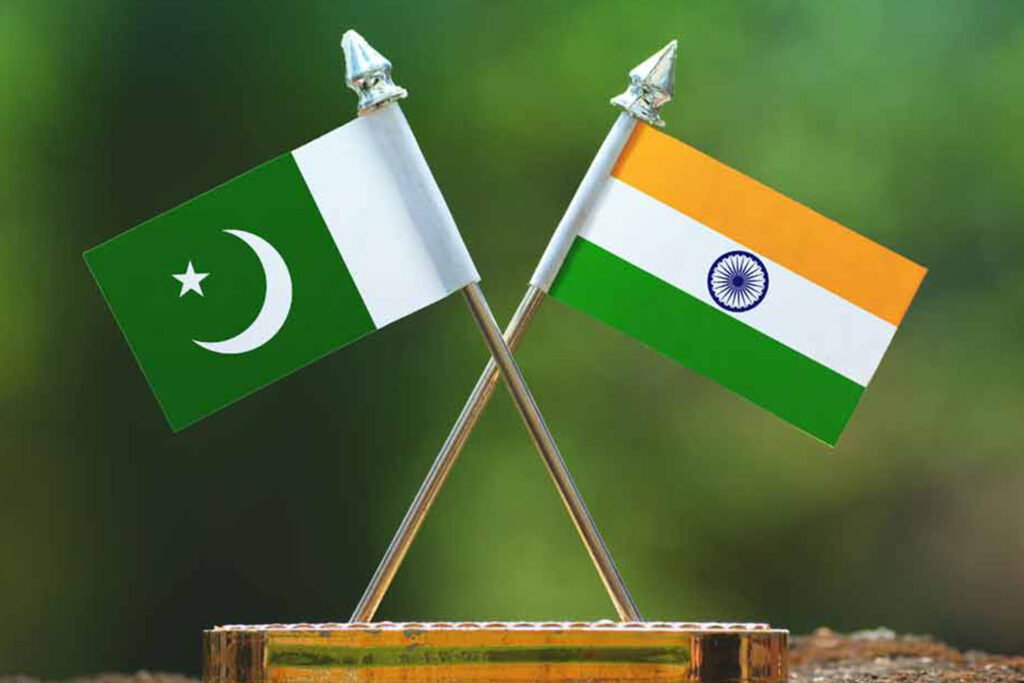Native American Knives: What is special in it?

Native American Knives have a reason to be special in American life, culture and tradition.
For thousands of years, Native American people have been renowned for their ability to create intricate and finely crafted knives that were not only functional but also aesthetically pleasing. From the ceremonial to the utilitarian, these blades were an integral part of Native American culture and were used for a wide range of tasks, including hunting, fishing, and self-defense. Today, the legacy of Native American knives lives on, and these tools are revered for their precision and craftsmanship.
The Origins
The history of Native American knives can be traced back to the earliest human civilizations in North America. Before the arrival of European settlers, Native American people used a variety of tools to cut, slice, and chop, including sharp rocks, obsidian, and bone. However, the advent of metalworking technology in the early 16th century changed everything, and Native American people quickly adopted metal knives and began to incorporate them into their daily lives.
As metalworking technology advanced, Native American artisans began to experiment with new materials and techniques, creating knives that were both functional and beautiful. Many of these knives were made from materials that were readily available in the natural environment, such as stone, bone, and antler. Some tribes even developed their own unique styles of knives, such as the ulu knife of the Inuit people.
The Role in Everyday Life
Native American knives were an essential part of everyday life, and their uses were as diverse as the tribes that created them. For some, knives were primarily used for hunting and fishing, while for others, they were used for preparing food and making tools. Many tribes also used knives in religious ceremonies, such as the Sun Dance, where they were used for ritual cutting.
One of the most well-known knives is the bowie knife, which was made famous by American frontiersman James Bowie in the early 19th century. However, the bowie knife actually has its roots in the Mexican “cuchillo” and was likely brought to the United States by Spanish explorers. Nevertheless, the bowie knife quickly became a popular tool among Native American people, and many tribes began to incorporate it into their daily lives.
The Importance of Craftsmanship
One of the hallmarks of Native American knives is their exceptional craftsmanship. Many of these knives were made by highly skilled artisans who spent years honing their craft. These craftsmen used a variety of techniques to create their knives, including forging, casting, and carving. Each knife was a work of art, and no two were exactly alike.
One of the most famous Native American knife makers was the Apache leader Geronimo. Geronimo was known for his exceptional skills as a knife maker and was rumored to have crafted knives that were so sharp they could cut through bone with ease. Many of Geronimo’s knives are now considered collectors’ items and are highly sought after by knife enthusiasts.
The Legacy
Today, the legacy of Native American knives lives on, and many people continue to appreciate their beauty and craftsmanship. Although Native American knives are no longer as widely used as they once were, they remain an important part of Native American culture and history.
For many people, owning a Native American knife is not only a way to appreciate the skill of the artisans who crafted them but also a way to connect with the rich history and traditions of Native American people. As knife enthusiast Scott Foster notes, “A Native American knife is more than just a tool; it’s a piece of history and a work of art.”
Native American knives are a testament to the ingenuity, skill, and craftsmanship of Native American people. For thousands of years, these knives were an integral part of everyday life
and were used for a wide range of tasks, from hunting and fishing to religious ceremonies. Today, they continue to be revered for their precision and beauty, and owning a Native American knife is a way to connect with the rich cultural heritage of the people who crafted them.
One of the reasons that Native American knives are so highly prized is because of the unique styles and techniques that were developed by different tribes. For example, the knives crafted by the Navajo people are known for their intricate silverwork, while the knives of the Inuit people are designed for use in cold weather and feature broad, curved blades.
Another notable feature of Native American knives is the use of symbolism and decorative elements in their design. Many knives feature intricate engravings, beadwork, or other embellishments that are rich with symbolism and meaning. For example, the Lakota people often decorated their knives with images of animals, which were believed to imbue the knife with the characteristics of that animal.
Today, many knife enthusiasts collect Native American knives as a way to appreciate their craftsmanship and beauty. However, it’s important to remember that these knives are more than just objects; they are an important part of Native American culture and history. As such, it’s important to approach them with respect and reverence.
In recent years, there has been some controversy over the use of Native American symbols and imagery in the design of knives and other products. Some people argue that this can be disrespectful or culturally appropriative. However, many knife makers work closely with Native American communities to ensure that their designs are respectful and appropriate.
Ultimately, the legacy of Native American knives is one of precision, craftsmanship, and cultural richness. These knives are a testament to the ingenuity and skill of the people who crafted them and continue to be appreciated and admired by people around the world. Whether you are a knife enthusiast or simply appreciate the beauty and history of Native American culture, a Native American knife is a timeless and meaningful piece of art that is sure to be cherished for generations to come.
Read more:

 English
English 







































































































